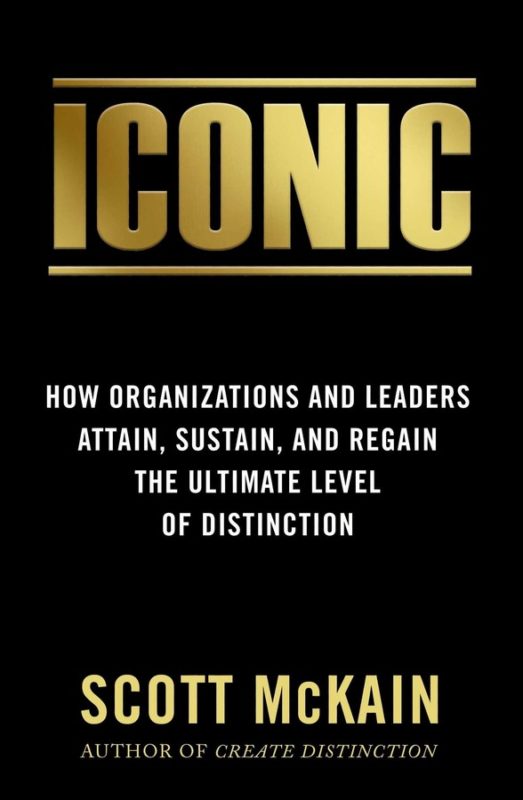No products in the cart.


“Show me the money!!!”
Thanks to the fictional sports agent, Jerry McGuire, that phrase became instantly absorbed into pop culture.
While everyone thinks of Tom Cruise, Cuba Gooding Jr., and Renee Zellweger, there are real people who inspired these iconic characters. One of those is David Meltzer. David was the CEO of Leigh Steinberg Sports & Entertainment, one of the most recognizable agencies in the sports business at the time.
He is currently the co-founder of Sports 1 Marketing and besides a successful career in sports, David is also an accomplished lawyer and ran Samsung’s phone division years before the smartphone revolution. In fact, he was a multi-millionaire by the age of 30. While that is an excellent story for a self-described “poor Akron, Ohio kid with a single mom” who had six children to feed, something was missing.
“I thought money would buy me love and happiness, the missing piece of my life that would stop all the financial frustrations that my poor mom went through,” David said during a recent C-Suite Network Digital Leadership discussion. “Not only was I a multi-millionaire, I had access to everything and everyone. That’s a dangerous combination.”
I’ve known David for years and knew him as during his hard-charging days. Nowadays, he’s a lot more honest, centered, and spiritual. He has one person to thank for that.
“My wife really was a catalyst. She was always very spiritual, as much money and success that I had. She would always remind me how lost I was,” David said. “Then finally one day she had had it. I had lied to her one too many times. I was drinking too much, not paying attention to my family. A lot of times, we use these values of society as things to hide who we are. Beautiful homes, lots of money, careers, success, a happy family. Look, I had a very happy family, and we use that to disguise the fact that we’re empty, shallow, and unhappy.”
This stark realization hit David especially hard. He’s known his wife since 4th grade! Even though she rejected him many times growing up, David didn’t start dating her until he was 26.
“When she told me she wasn’t happy and I better take stock and who I was, I immediately paid attention,” David recalled. “My initial reaction was blame, shame, and justification. Disbelief. Anger. But when I sat down and thought about what my wife was saying and what I was losing, and where I had changed. She told me to take stock in who you were and what you want to become, or else I’m leaving you, and you may end up dead. I did it, and I took it seriously. I outlined my values. It’s a practice. I didn’t change overnight. It’s been 16 years of learning and making more mistakes and keep on learning. But I will tell you now that I’m far better than I used to be. And I know tomorrow I’ll be better than I was today.”
David says he can sum up this new practice in two words: radical humility. He adds there are two ways to do it.
“One: be more interested than interesting. We have to be humble enough to learn about the people that we’re serving,” David said. “Two: We have to ask for help. In order to be successful at anything that you do, you need to be humble enough to realize you don’t know what you don’t know. The fastest way to get where you want to be is find someone who sits in that situation.”
I couldn’t agree more. I tell my team all the time, “I don’t know what I don’t know” it’s a great way to get them to step back and get my team not only to focus but teach me about parts of the business I don’t deal with day-to-day. It can be a real eye-opener.
The other essential part of radical humility is asking for help. It can be tough sometimes to swallow your pride, but it’s well worth it. David was gracious enough to share his asking for help template.
“I call people and ask them, ‘hey, you’re so successful. Tell me what you’re doing today.’ Then I say, ‘what do you like about it?’ and then you tell me, and I say, ‘What don’t you like about it?'”, David said. “When you tell me what you don’t like about it, I may actually be able to reciprocate and give you some ideas and say, ‘Hey, would it help you if you did this?’ And now we’re collaborating. We’re joining forces again. Then beyond that, I even have a further question, ‘Do you know anyone else that can help me?’ Because I know people of like minds attract people like minds open minds, open hearts, and open hands. I’m just extending and accelerating my network to an exponential number.”
Here at the C-Suite Network, we’re all about growing your network and making you the most strategic person in the room.
It was great catching up with David and there’s so much more insights he offered to our live audience. To listen to David’s spiritual approach to life, why he starts his day at 9 PM, the unique way he uses his calendar, and the insights he’s gained by getting healthy, listen to our complete conversation on All Business with Jeffrey Hayzlett.
There’s plenty more exclusive content that’s only made available to those within the C-Suite community. If you want to participate in the next Digital Discussion, become join the C-Suite Network today. Click here to learn more.










